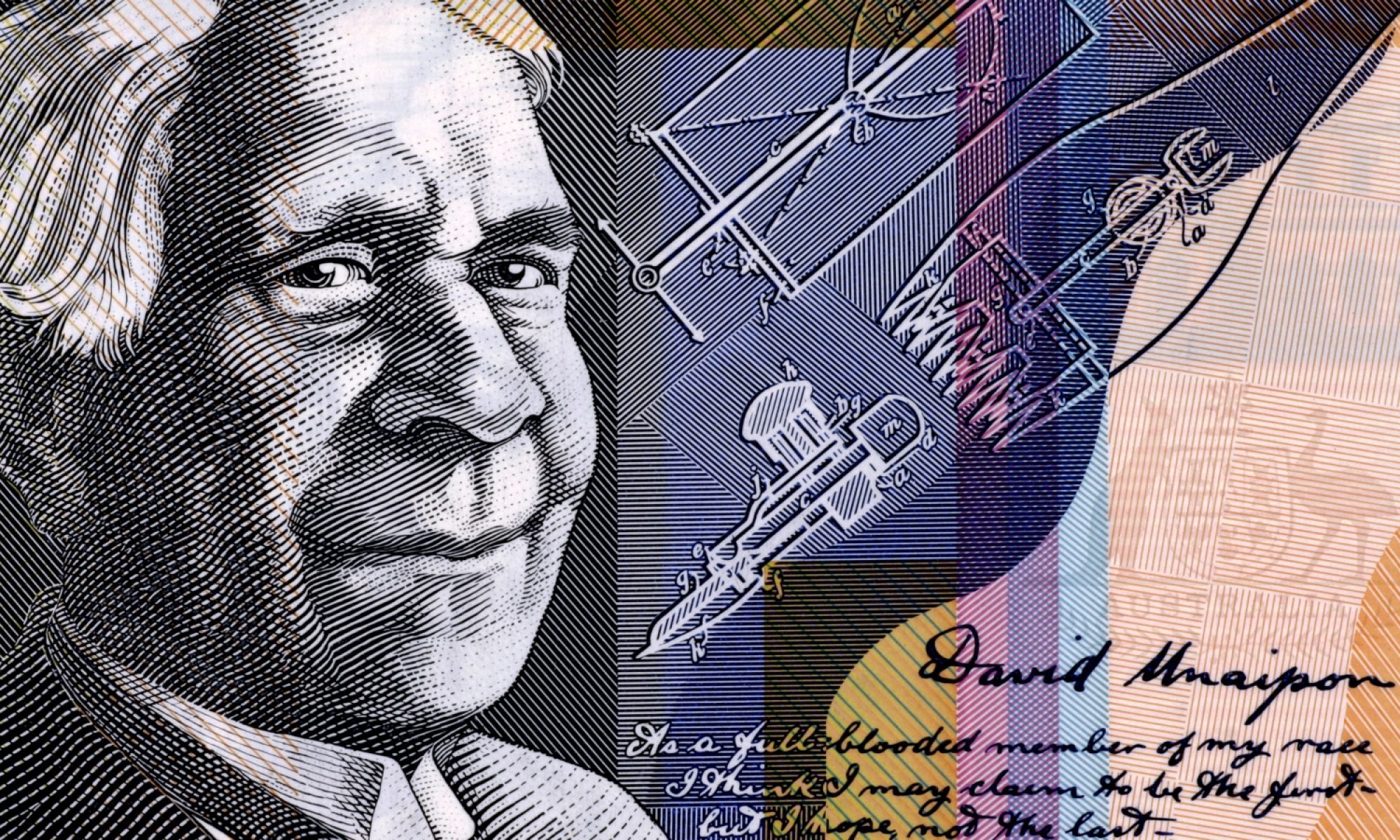The Bureau of Statistics has done some thorough analysis of employment data comparing Aboriginal and non-Aboriginal engagement in employment. Often their analysis involves some form of estimation so they provide a thorough explanation of how this is carried out.
For example:
It is possible to remove the effect of the differences in age structures through age-standardisation [or age adjustment]. However, the estimates in this publication have not been age-standardised. For this reason caution should be used if a comparison of Indigenous and non-Indigenous estimates is made. This is especially relevant in comparisons of rates and ratios, such as the participation rate, of the Indigenous and non-Indigenous populations.
Another reason for caution when comparing Indigenous and non-Indigenous estimates is the geographical distribution of the two populations. One quarter of Indigenous people aged 15 years and over lived in Remote areas in 2011. In comparison less than 2% of non-Indigenous people aged 15 years and over lived in Remote areas in 2011
By looking at how reliable organisations report on data you can gather some idea of the types of biases that can enter data in any prediction or modelling process.
Research
How does your hidden biases relating to the people you are researching effect your research? How can you find the hidden biases of other researcher’s work?
